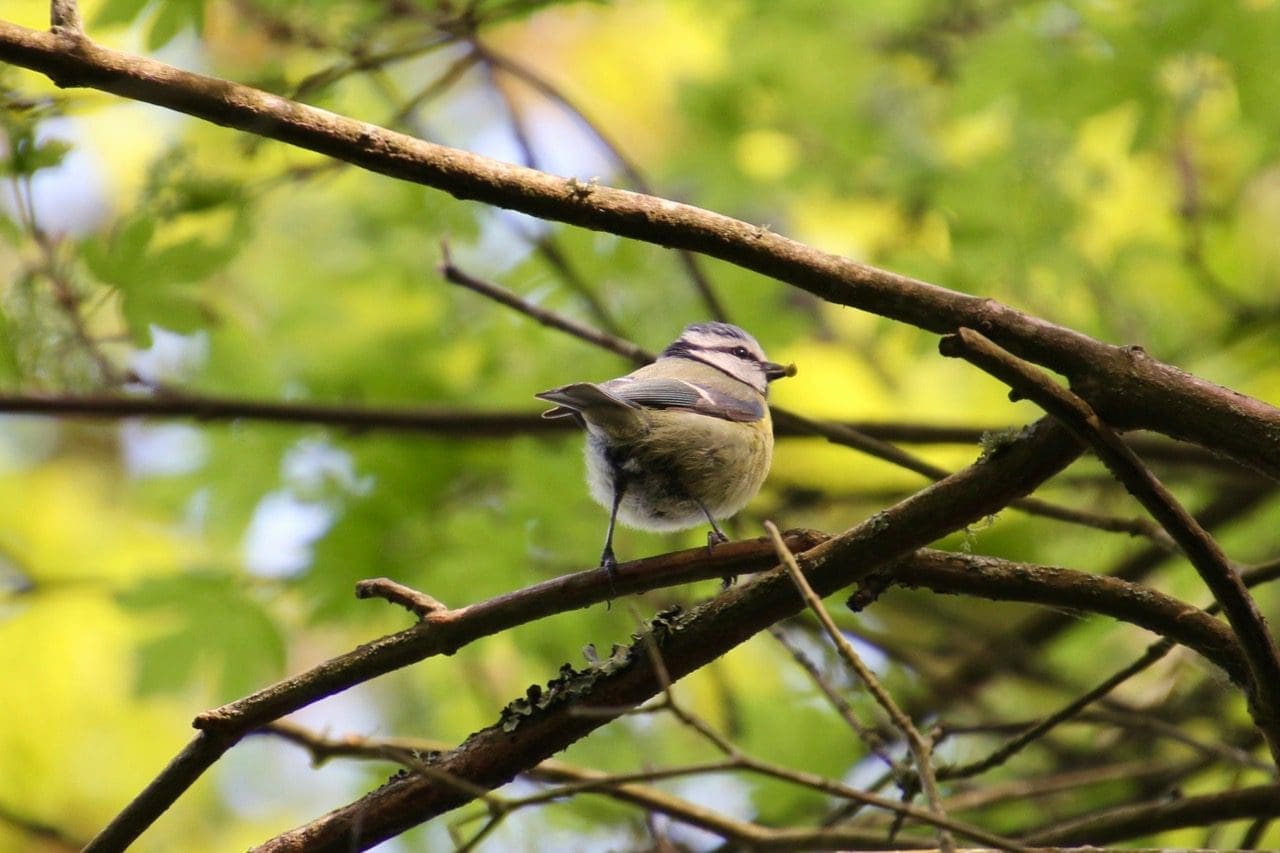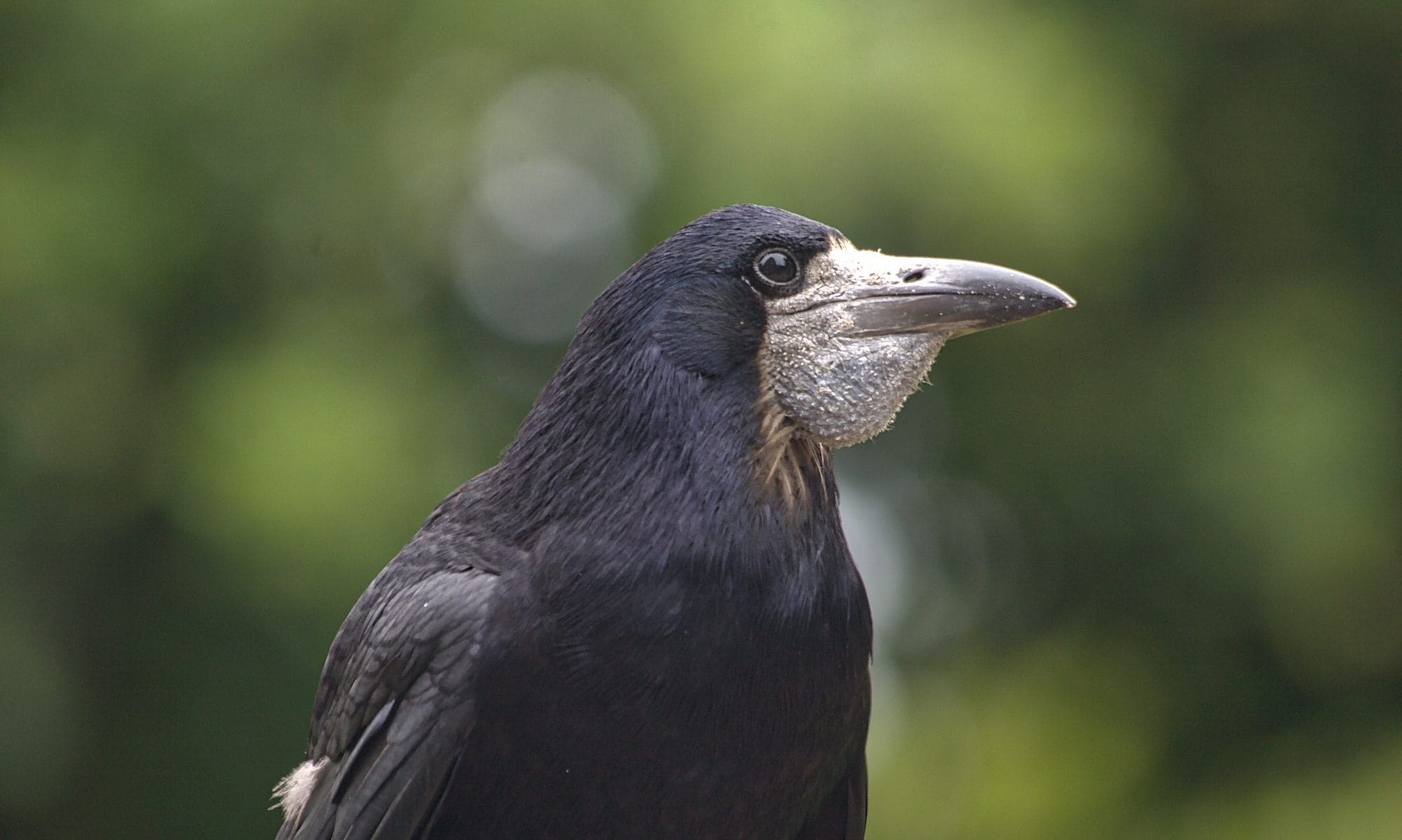Most avian species are susceptible to one or more of the avian poxvirus strains and / or species. It has been reported that naturally occurring avian pox infections can affect about 60 species of wild birds, comprising 20 families. Poxviruses can be transmitted in a number of different ways. Even though they are unable to penetrate unbroken skin, small abrasions are sufficient to permit infection. The most common method of transmission is by means of biting insects such as mosquitos, mites, midges or flies. Many biting insects have been shown to be mechanical vectors only, transferring the virus from infected to susceptible birds by contamination of their skin-piercing mouthparts. Transmission can also occur directly by contact between infected and susceptible birds or by contact with contaminated objects, such as bird feeder perches. Aerosol transmission, although rare, can occur from viruses being carried along with dust, particularly in confined situations such as aviaries. At the time of year when vectors are at the highest numbers, avian pox transmission is greatest. 1

Avian pox occurs primarily in two different forms. The more common is the skin form, in which discrete, wart-like, proliferative lesions develop on the skin. The second and less common is the diphtheritic form, in which moist, necrotic lesions develop on the mucous membranes of the mouth and upper respiratory tract. A third form, a systemic infection, is rarely found in wild birds. Lesions are most common on the unfeathered parts of the body, the legs, feet, eyelids as well as the base of the beak, the comb and wattles. Birds that have recovered from avian pox infections, or that have been vaccinated, are usually immune to reinfection with that particular virus strain. 2

Although the skin lesions of avian pox are characteristic, a definitive diagnosis cannot be reached without further investigation, as there are alternative explanations for similar appearing skin lesions in wild birds. Birds may appear weak and emaciated, if the nodules have interfered with feeding. Laboured breathing may be observed in birds where air passages have been blocked. However, most birds do fully recover provided they are able to feed. The disease itself is usually self-limiting and leaves only minor scars.
It is the dry form, which is usually seen in wild birds. Generally, these birds will recover spontaneously and can be released. 3 Euthanasia is very rarely required, and is usually only occasionally to consider in birds severely suffering of the moist or diphtheric form of the disease.

In our experience, the most commonly affected species are dunnock (Prunella modularis), house sparrow (Passer domesticus), starling (Sturnus vulgaris), wood pigeon (Columba palumbus) and great tit (Parus major). Corvid species are only rarely infected. There is no dedicated treatment available to treat infected captive birds. It is generally advised and normally standard practice to quarantine any new bird admission, which is in particular important in highly contagious disease cases such as avian pox, as lesions may not be immediately evident. Suspected avian pox cases need to be strictly isolated, as the disease will also spread by direct contact between birds and by contact with contaminated subjects, objects and surfaces. Standard hygiene measures are sufficient. There is no evidence found yet that avian pox can infect humans.

Bleeding lesions can be treated with caustic pencil or wound powder. 4 It is not recommended to remove any pox lesions, as this is very painful and could cause severe bleeding as well as secondary infections. There is also a high risk of spreading the infection. General supporting measures are indicated, which should focus on an optimised diet and may include rehydration and temporary tube feeding with Critical Care Formula (©Vetark) or EmerAid (©Lafeber). Anti-inflammatory drugs, antibiotics and anti-fungal medications might be indicated to treat secondary wound infections. Vitamin and mineral supplements as well as probiotics have been proven to be useful and will aid the recovery process. The topical empirical use of antiviral drugs such as Acyclovir has not shown convincing improvements compared with standard wound care measures. Routine wound care is usually sufficient, which includes the use of anti-inflammatory ointments, iodine, silver nitrate and sodium chloride solution.

Prevention is the key to minimise disease spread in the wild, which includes routine good bird table hygiene, provision of clean and fresh drinking water on a daily basis and of fresh food obtained from accredited sources. It is recommended that feeders are rotated throughout the garden to avoid build-up of contamination in any one area and that particular attention is paid to clearing food remains that fall onto the ground. If diseased birds are spotted in a garden area, it might be necessary to stop feeding at least temporarily, which will help to interrupt the disease transmission chain.
Bibliography
- Avian Pox, Charles van Riper and D. J. Forrester, Infectious Diseases of Wild Birds (pp.131-176), Chapter 6, Blackwell, 2007, Publishing Editors N. J. Thomas, D. B. Hunter, C. T. Atkinson. ↩︎
- Avian Pox, Charles van Riper and D. J. Forrester, Infectious Diseases of Wild Birds (pp.131-176), Chapter 6, Blackwell, 2007, Publishing Editors N. J. Thomas, D. B. Hunter, C. T. Atkinson. ↩︎
- Practical Wildlife Care, Les Stocker MBE, Wiley-Blackwell, 2nd edition (26 July 2005), page 89. ↩︎
- Practical Wildlife Care, Les Stocker MBE, Wiley-Blackwell, 2nd edition (26 July 2005), page 89. ↩︎


Thank you so much for sharing and for putting so much effort in your guides!
You are very welcome. I am glad that you find the post useful.